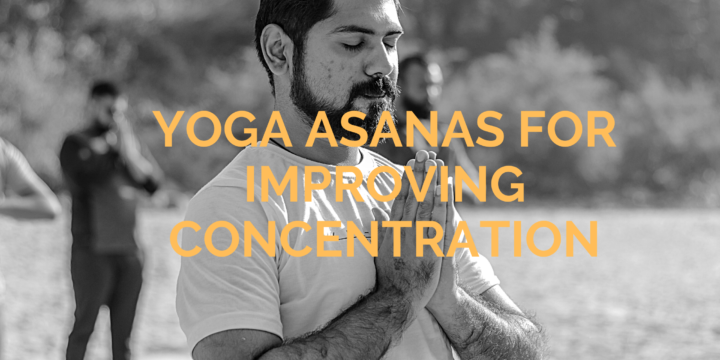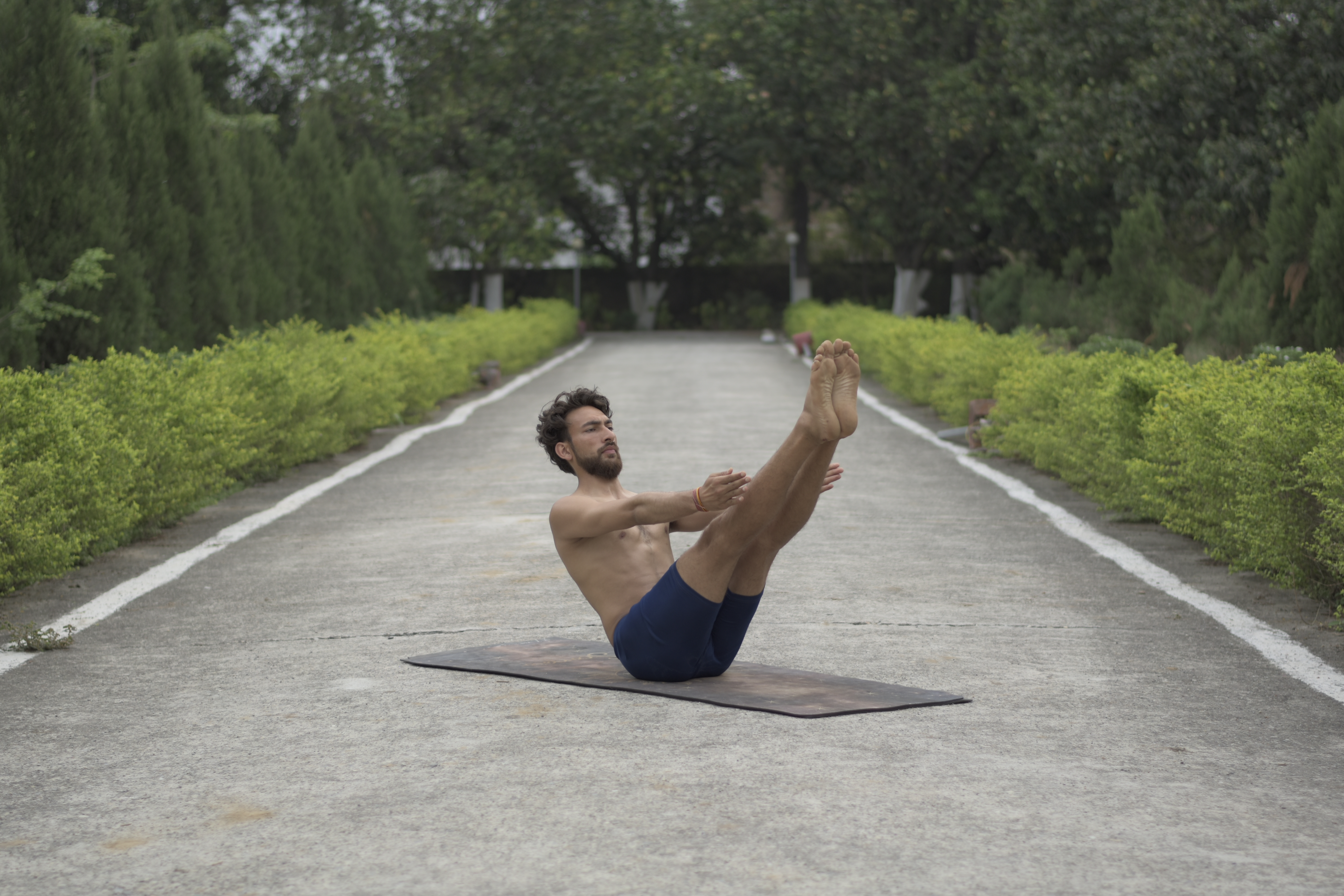Yoga Asanas for Knee Pain
Yoga Asanas for Knee PainMany knee problems are a result of the aging process and continual wear and stress on the knee joint (such as, arthritis). Other knee problems are a result of an injury or a sudden movement that strains the knee. Common knee problems are following;- A sprained knee ligament or strained muscle is usually caused by a blow to the knee or a jerky twist of the knee. That can lead to pain, swelling, and difficulty in walking. Cartilage tears can often occur with sprains. Surgery may be required to repair the tear.Inflammation of the tendons may result from overuse of a tendon during certain activities such as running, jumping, or cycling. Tendinitis of the patellar tendon is called jumper's knee. This often occurs with sports, such as basketball,…





